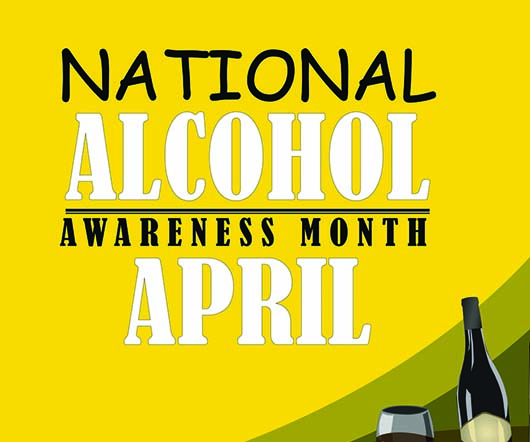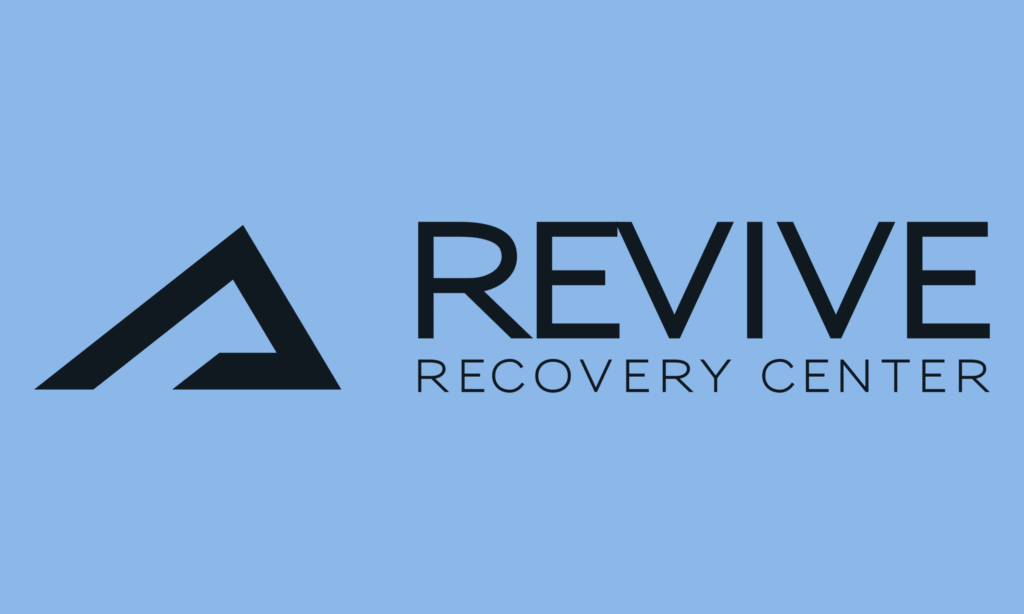By Samuel Burba and Wellington Group Consulting Screening, Brief Intervention, and Referral to Treatment (SBIRT) is an innovative, holistic, evidence-based, and cross-service collaborative approach to delivering early interventions and subsequent...
Screening, Brief Intervention, and Referral to Treatment (SBIRT) is an innovative, holistic, evidence-based, and cross-service collaborative approach to delivering early interventions and subsequent treatment through universal screening for people with ongoing substance abuse issues and those who are at risk of developing into substance abusers.
Through a federal grant administered by the Governor’s Office of Youth, Faith and Family, the Northern Arizona SBIRT program has conducted more than 47,000 screens connecting hundreds of people to vital information and services. The program has been critical to partnering communities. One success story is that of a 60-year-old woman who used amphetamines daily and marijuana occasionally with her adult son to whom she introduced the drugs. Her use was unknown to her doctor until the SBIRT screen. After receiving a brief treatment, she and her son have been clean of meth and marijuana for nine months. Because of her success in her personal recovery, she has returned to the SBIRT staff to talk about how to quit smoking.
The SBIRT Model
The SBIRT model is so effective because it is so adaptable. No two SBIRT programs are alike as each must implement, run, and sustain operations across multiple service providers in differing communities. SBIRT sites are most commonly medical settings, usually primary care or outpatient facilities, but emergency departments and trauma centers are also effectively implementing the program. The SBIRT model has also shown promise as a “no wrong door approach” in non-medical settings such as colleges and high schools.
Screeners evaluate the likelihood that an individual has a substance use disorder or is at-risk of developing one through motivational interviewing. Once screened and identified as being at-risk for a substance use disorder, patients move to a Brief Intervention, which is a time-limited (5-20 minutes) session providing counseling, motivation for cessation, and information on alcohol or other drug use.
Brief Interventions can also include follow-up by telephone or in person. Referral to Treatment is given to people whose screening showed a high probability for a substance use disorder. Referral to Treatment often includes case management, outpatient programs and in-patient treatment, and utilizes “warm hand-off” techniques to ensure a seamless transition. Because SBIRT presents a framework rather than a prescription, it allows for dynamic implementation ensuring better outcomes.
During a six-month follow-up call, a 20-year-old female shared that she had significantly reduced her drinking because of the SBIRT screening and the intervention she had with her primary care provider. She said she was drinking “a lot” when she first filled out the screening. When she started filling out the AUDIT questions she remembers thinking, “Wow, this is not where I want my life to go.” She said filling out the screening and having the discussion with her provider was the first time she actually thought about her drinking. She indicated that her parents have issues with drinking and she knows she does not want to end up the same way. She said it was “incredible” talking to her provider and that it was “the best conversation I’ve ever had with a doctor about drugs and sex.”
SBIRT’s positive impacts are undeniable, with the most positive current indicator being the saving of taxpayer dollars. One study found that a group receiving brief interventions not only had significant reductions in alcohol use, but they also had fewer hospital days and fewer emergency department visits. The study estimated that the intervention cost of $205 per person for the Brief Intervention saved $712 in projected healthcare costs. In other words, every dollar spent on SBIRT efforts saved $4.30.
Beyond financial results, data from the Substance Abuse Mental Health Services Administration (SAMHSA) demonstrates the impact of SBIRT through:
Reduction in alcohol and drug use 6 months after receiving intervention
Improvements in quality-of-life measures, including employment/education status, housing stability, and 30-day past arrest rates
Reduction in risky behaviors, including injection drug use decreasing from 3.2% at baseline to 1.5% at follow-up
SBIRT reduces the time and resources needed to treat conditions caused by substance use, thus making Arizona’s health systems more efficient.
The Governor’s Office of Youth, Faith and Family was awarded the SBIRT grant in July 2012 to provide services in Arizona’s five northern counties of Navajo, Apache, Coconino, Mohave, and Yavapai. At the time of implementation, these counties had the highest morbidity and mortality rates due to substance abuse in the state. They are demographically diverse, composed of ten tribes, large retiree communities, Latinos, college students, and rural communities.
The successful implementation of SBIRT in Arizona has resulted in over 47,000 screens. Of those clients screened in Northern Arizona as part of Arizona’s SBIRT program, 10% were identified as having alcohol or drug use behaviors that could be reduced through SBIRT services, such as Brief Intervention. Approximately 56% of those clients who reported alcohol use during the intake reported lower alcohol use at the six-month follow-up. Of those clients who reported marijuana use at intake, 60% of them reported lower use at the six-month follow-up.
In the spring of 2016, ten individuals who were central to the implementation of SBIRT in Arizona were interviewed about their opinions of SBIRT. This same interview had been conducted the year before and the differences show a program that has found its footing and is now described as “a very simple, streamlined, and efficient intervention.” There are certainly still challenges to overcome, but SBIRT is changing the culture of substance abuse treatment in Northern Arizona. In the emergency room, the SBIRT screening questions are now a regular part of inpatient care helping to identify individuals living with a substance abuse disorder or are at risk of developing one and assisting doctors in creating holistic care plans. The clinics also report positive outcomes increasing providers’ and patients’ awareness and knowledge. When screened, one patient expressed surprise saying,
“Nobody ever talked to me about this before… I didn’t realize this could affect my diabetes.” Finally, students at the university are self-reporting cutting back on their substance use and are much more open and trusting in discussing substance abuse issues.
SBIRT has succeeded where so many other programs have struggled. It is creating a safe space for people to openly discuss their substance struggles and seek expedient, inexpensive, immediate, and effective care. The next step is to take this momentum and expand this indispensable program into additional settings.
“Imagine a state where instead of stigmatizing drug abuse and addiction, no matter the setting, there was someone ready and able to assess and connect people to resources,” stated Debbie Moak, Director of the Governor’s Office of Youth, Faith and Family.
The Governor’s Office of Youth, Faith and Family envisions an Arizona in which drug use and addiction are destigmatized, and there is “no wrong door” to accessing care for individuals struggling with a substance use disorder.
Learn more about the Arizona SBIRT program at SBIRTArizona.org.



























